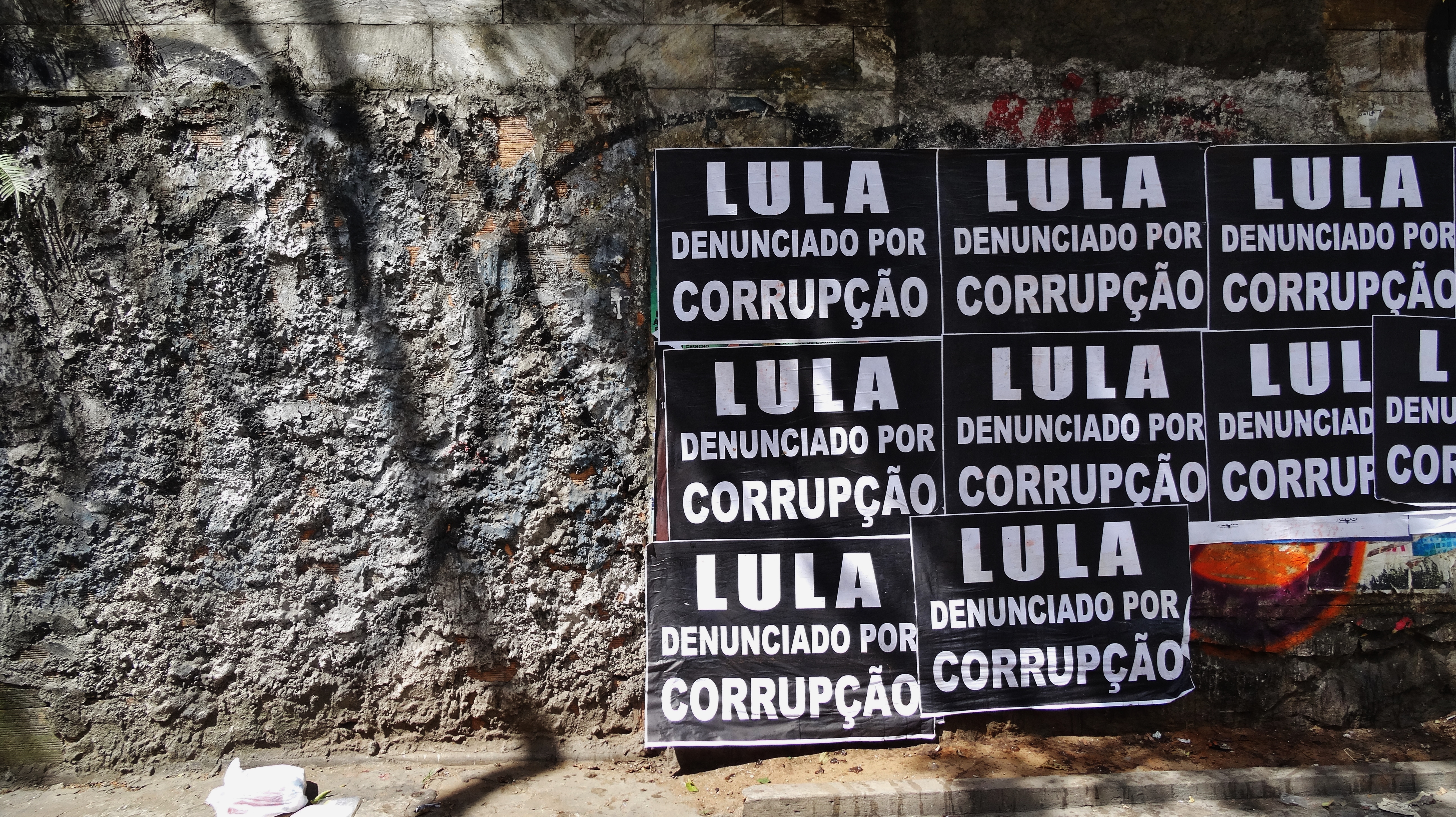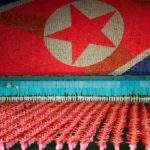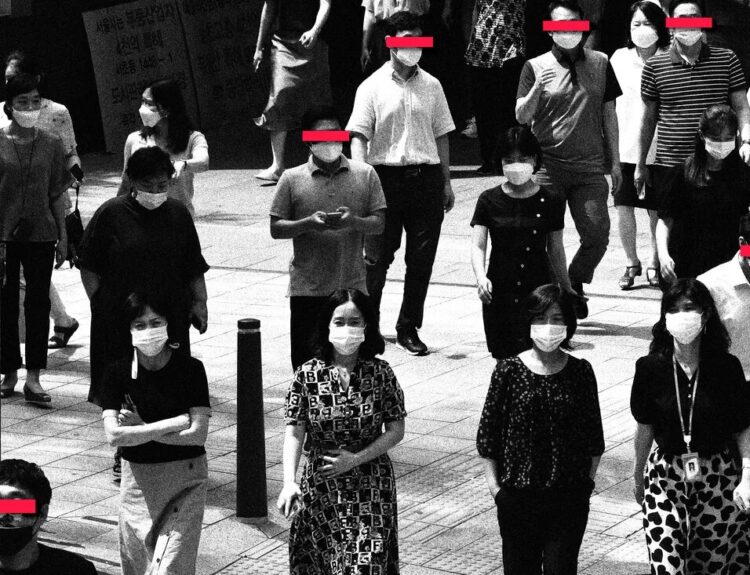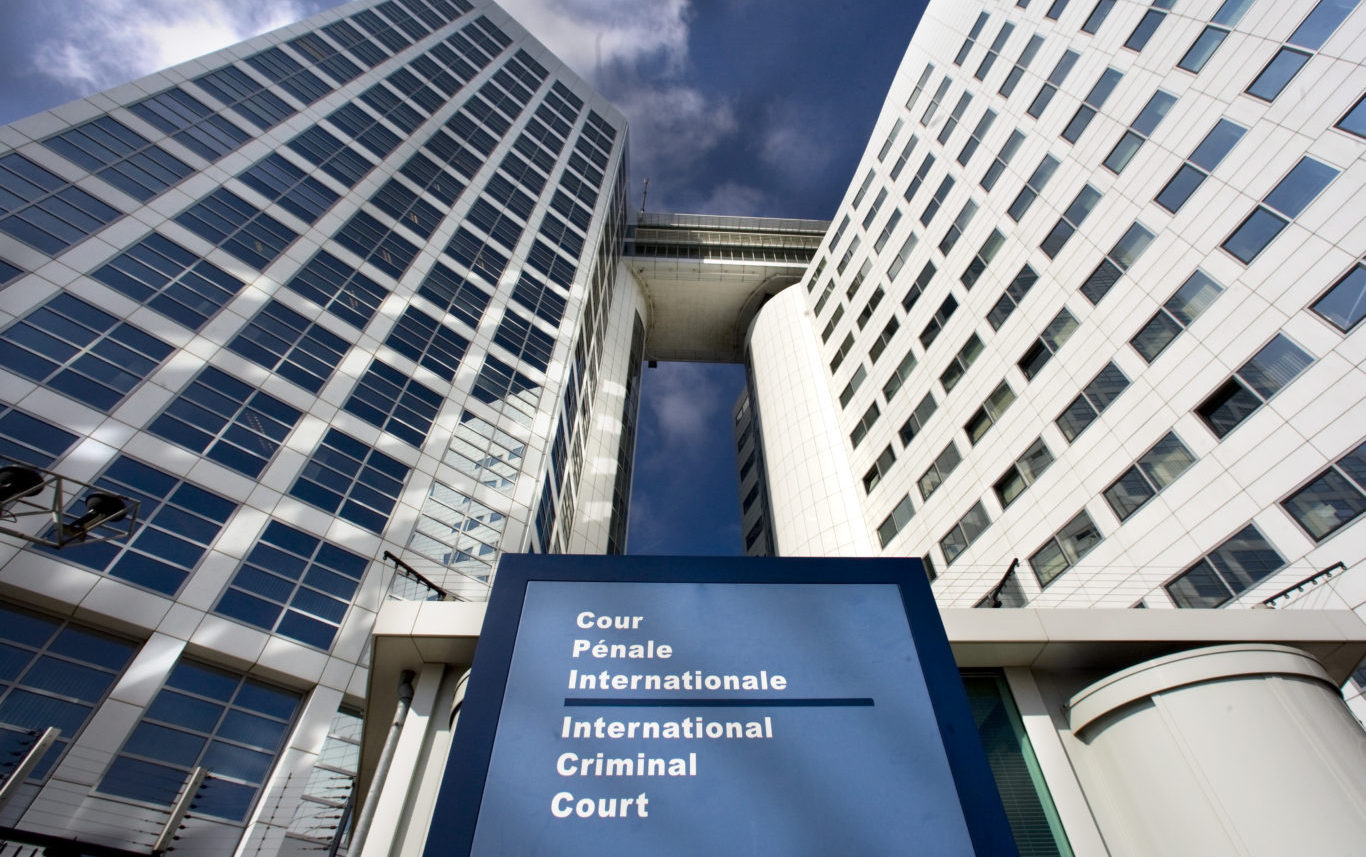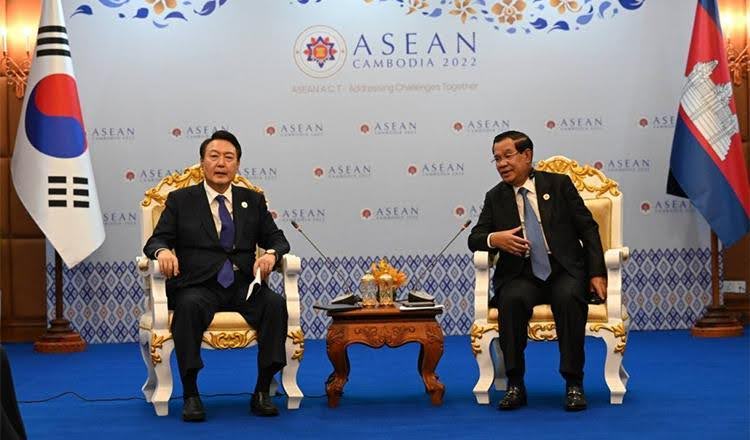In 1998, Luiz Inácio Lula da Silva, who later served as President of Brazil, was quoted saying that, “in Brazil when a poor man steals he goes to jail, when a rich man steals he becomes Minister.” In the light of the recent corruption scandal involving the oil company Petrobras, which happened under Lula’s presidency, this quote rings more true than ever. Dilma Rousseff, the current president of the country, nominated Lula as her chief of staff, after the scandal was made public, essentially granting him immunity from all corruption allegations leveraged against him. It should be no surprise that anti-government protests are sweeping the country, calling for an impeachment of the Roussef and demanding justice in the corruption scandal. However it is unclear whether Lula was personally involved with the corruption at all. The question arises as to who these protestors are and if they are really protesting for a more democratic and transparent Brazil or if they have a different agenda in mind.
Although Brazil has only been independent from the Portuguese empire since 1825 it has a long history of political turmoil. Key dates in Brazil’s tumultuous modern history are marked by unrest, like the 1888 coup d’etat against the monarchy and the proclamation of the Republic in 1894. The new republic, the third attempt at a legitimate democratic regime, has only been established in 1985, succeeding a military regime, which had been in power for more than 20 years. In addition to political struggles, Brazil can look back on a long history of slavery and racism, perpetuated by the Portuguese, but continuing in some way or another into the present. Moreover, the level of poverty in Brazil is higher than other middle-income countries and there is strong divide between the upper class and the poorest of the country, with the lines usually also following a racial divide. This essentially means that a large part of the population, especially the black community, has suffered under poverty exacerbated by societal structures and disenfranchisement for a very long time.
With Brazil’s history in mind, it is not difficult to understand why Lula da Silva, known as Lula, captured the hearts of the poor. Coming from an impoverished area in Brazil, he only received rudimentary formal education and had to start working at the age of twelve to support himself and his family. The consensus among a large part of the population is that he knows what it is like to suffer from poverty. In the late seventies, he joined the labor movement and in 1980, together with union leaders and intellectuals, he founded the Partido dos Trabalhadores (PT). After he unsuccessfully ran for president three times, he was finally elected into office in 2002 on his fourth try. During his two terms in office he managed to alleviate the poverty of millions of poor Brazilians with programs such as Bolsa Família and Bolsa Escola (Family Allowance and School Allowance), which encouraged children from the poorest families to receive access to formal education. This also left a mark on his approval ratings and he managed to retire from his second term as president with a rating of 80%, making him the most popular politician in the country to date. During his presidency, he turned into a less radical version of himself, a ‘Lula light’: still true to his old self, but also willing to work within the system and support big corporations, which after all contribute greatly to the economy of the country.
Fast forward to the anti-government protests in March 2016: a host of government officials is being investigated for corruption, most of which belong to the Worker’s Party. At the head of this investigation stands Judge Moro who has been relentless in uncovering corruption in the government, most notably the Petrobras case, for which Lula is supposed to be investigated. It is the largest corruption scandal in history, in which one person alone embezzled $100 million, and the police suspect that a total amount of a staggering $3.7 billion of suspicious payments have been made. The current president, Dilma Rousseff was the chairwoman during the period in which the corruption is said to have occurred and currently almost a 100 members of the congress are under investigation for involvement in the scandal. As of now, it is unclear to what degree either Lula or Rousseff were involved in the scandal but in the eyes of the public Rousseff seems to have fallen from grace and two-thirds of the country want to see her impeached.
On one hand it seems like people would have all the reason to protest against the government, but on the other hand it is also of interest to look at who is taking their rightful anger against the government to the streets. A majority of the anti-government protestors have been characterized as white, fairly wealthy middle or upper class people, whereas the pro-government/anti-impeachment protestors are more diverse and from a poorer background. This is especially true in big cities like Rio de Janeiro and Sao Paolo, which have traditionally been more right leaning. The wealthy people of the country have worked against Lula from the very start for his support of programs to alleviate poverty as well as his condemnation for the gross inequality between the rich and the poor. With the corruption allegations against large parts of the government, conservatives have an excuse to advocate for the impeachment of the current leadership, which was reelected into office two years ago.
The historian John French from Duke University sees the protests more as a backlash against the leftist government from people who feel they have lost their privilege. In an interview with the Washington Post he says, “they’re discomforted by the fact that people are rising to places where they’re not supposed to be.” On social media a photo depicting two protestors has sparked outrage in Brazil among the pro-government/anti-impeachment faction: a white couple protesting on the streets, waving their banners, followed by a black nanny taking care of their children. For many, this picture illustrates the reality of the inequality in the country. The rich, white middle class protesting against a government that helped alleviate the poverty of the lower classes.
Although the protests seem to be grounded in a legitimate call for a more stringent prosecution of corrupt politicians, this also illustrates how divided the country is at its core, not only in terms of class but also in terms of race. The protests will be a formative period in the fairly young democracy that is Brazil.
By Lilith-Isa Samer
- NOVAsia Is Hiring: Call For Applications and Contributors for Spring 2025! - February 26, 2025
- NOVAsia Is Hiring: Call For Applications and Contributors for Fall 2024! - August 20, 2024
- NOVAsia Is Hiring: Call For Applications and Contributors! - February 19, 2024

